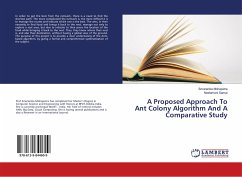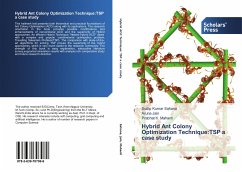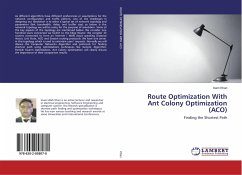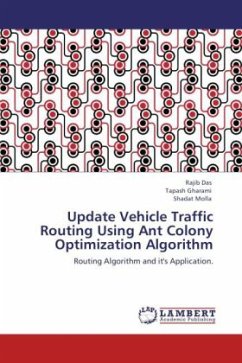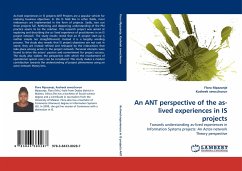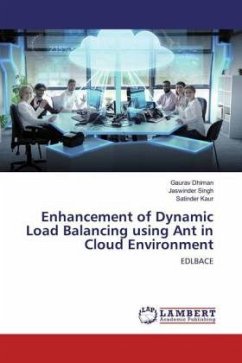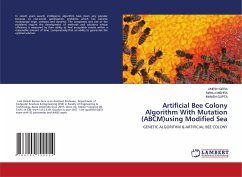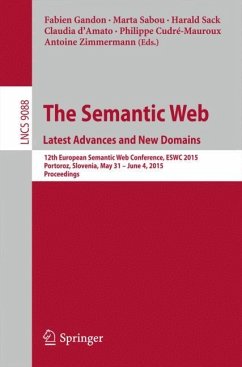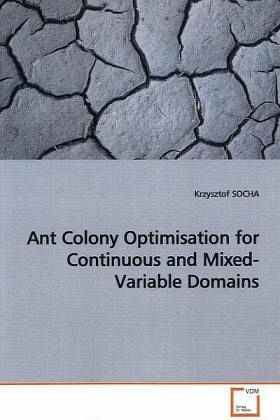
Ant Colony Optimisation for Continuous and Mixed-Variable Domains
Versandkostenfrei!
Versandfertig in 6-10 Tagen
45,99 €
inkl. MwSt.

PAYBACK Punkte
23 °P sammeln!
Ant colony optimization (ACO) has become one of thepopular metaheuristics used for tackling optimisationproblems. Its popularity grows steadily, and the areaof applications constantly widens. Recent researchshows that ACO is competitive and applicable tovarious real-world optimisation problems. ACO hasbeen initially developed to handle only the discreteoptimisation problems. In this work, we present a wayto extend ACO, so that it can also be applied to bothcontinuous and mixed-variable optimisation problems. We initially focus only on the continuous case.Following an extensive analysis of the ...
Ant colony optimization (ACO) has become one of the
popular metaheuristics used for tackling optimisation
problems. Its popularity grows steadily, and the area
of applications constantly widens. Recent research
shows that ACO is competitive and applicable to
various real-world optimisation problems. ACO has
been initially developed to handle only the discrete
optimisation problems. In this work, we present a way
to extend ACO, so that it can also be applied to both
continuous and mixed-variable optimisation problems.
We initially focus only on the continuous case.
Following an extensive analysis of the performance of
ACO extended to continuous domains, we present how it
may be further adapted to handle both continuous and
discrete variables simultaneously. We thus introduce
the first native mixed-variable
version of an ACO algorithm.
The book is recommended for all those interested in
novel approaches to heuristic optimisation and ways
to practically tackle difficult optimisation
problems. The ideas described are tested on
real-world example problems, which allows better
understanding and demonstrates the advantages of the
approach.
popular metaheuristics used for tackling optimisation
problems. Its popularity grows steadily, and the area
of applications constantly widens. Recent research
shows that ACO is competitive and applicable to
various real-world optimisation problems. ACO has
been initially developed to handle only the discrete
optimisation problems. In this work, we present a way
to extend ACO, so that it can also be applied to both
continuous and mixed-variable optimisation problems.
We initially focus only on the continuous case.
Following an extensive analysis of the performance of
ACO extended to continuous domains, we present how it
may be further adapted to handle both continuous and
discrete variables simultaneously. We thus introduce
the first native mixed-variable
version of an ACO algorithm.
The book is recommended for all those interested in
novel approaches to heuristic optimisation and ways
to practically tackle difficult optimisation
problems. The ideas described are tested on
real-world example problems, which allows better
understanding and demonstrates the advantages of the
approach.



